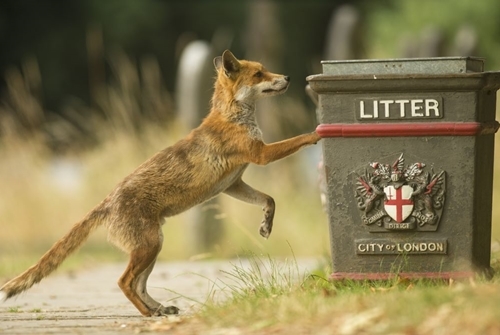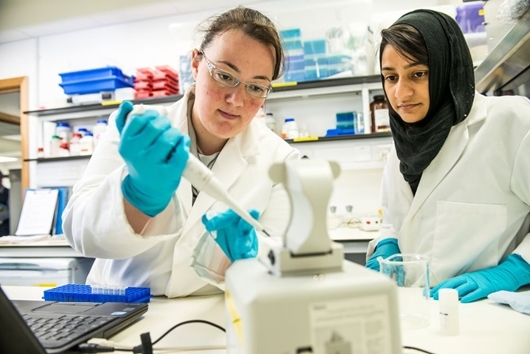
Will you help us to understand what’s fuelling Britain’s foxes?
By Mike Short, Head of Predation Research
We have the third highest fox density in Europe. Have you ever wondered what maintains it?
We know the impact high fox numbers can have on many red-listed birds, but we need to know what is keeping numbers up. Some have made bold claims about gamebirds feeding them, while others are concerned that human food sources might be contributing more than we thought. We can only know the truth by investigating further and I’m writing today to ask for your help to achieve that.
Your support has helped us take big steps in understanding this issue. Our previous studies have shown that, despite the efforts of gamekeepers and other wildlife managers, foxes have high rates of immigration back into areas where culling occurs, putting vulnerable ground-nesting bird species under great pressure.
We need your help to examine the regional population structure of foxes using genetics, to understand where they are arriving from, and what impact they have. Our research staff have put in thousands of hours of fieldwork, but now we need external experts to use cutting-edge molecular techniques to increase our understanding of why generalist predators thrive in human-dominated landscapes.
To find out what is driving fox populations, we need your help. Using your donation:
- £25 buys 25 swabs for scraping DNA from fox scats
- £65 means the lab can run DNA sequencing and genotyping on one sample
- £100 pays for metabarcoding of scat or stomach samples
- £470 buys a DNA extraction kit for 50 scat samples
DONATE HERE →
We have formed partnerships with universities and specialist genetic labs that can do what we can’t. Their expertise in powerful molecular technologies like genomic analysis, stable isotope analysis, and metabarcoding to determine predator diet, will greatly increase our understanding of fox diet and movement around the landscape.

By supporting this work, you will help us to answer three very important questions:
To what extent are rural and urban fox populations mixing?
We’ll analyse tissue samples from culled foxes using next-generation sequencing to look for gene flow between populations. This will help us understand if urban areas export foxes that impact rural wildlife.
What is the density of foxes we’re dealing with?
Genotyping tissue and scat samples will help us generate robust density estimates and determine how many foxes are detected and culled by wildlife managers.
What food sources are supporting these fox populations?
Stable isotope examination of hair follicles will reveal important insights into the main food sources driving fox numbers. We can use this to understand the impact of gamebird releasing and other human food sources on rural fox population dynamics.
We’ve collected hundreds of fox scats and stomach samples. Using DNA metabarcoding, we can determine exactly what foxes are eating and answer questions like how often they consume harder-to-detect prey like ground-nesting bird chicks, reptiles, and dog faeces.
Could you make a difference by making a donation?
Your support is crucial to funding this research. Your donations will help us understand the regional population structure of foxes, their impact on breeding waders, and how to manage their populations most effectively. We appreciate any support you can provide.